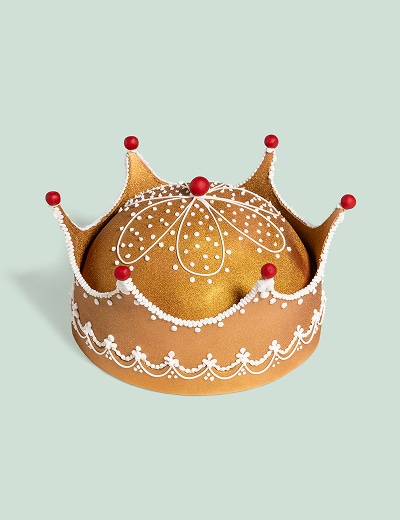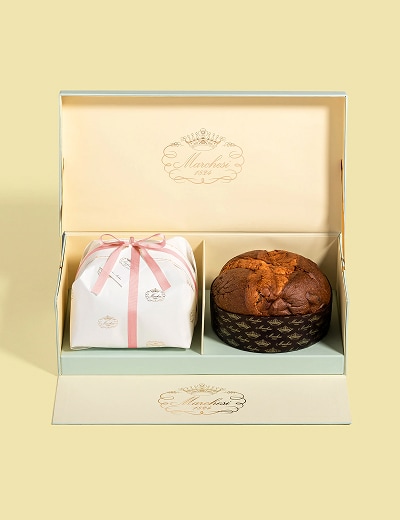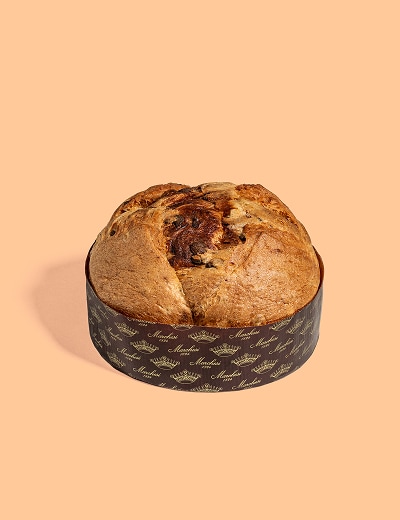
With a history rooted in legend and a shape symbolizing peace and rebirth, the Colomba Marchesi 1824 is the ultimate Easter dessert. Its unmistakable aroma and unique combination of textures – from the crunchy almond glaze to the soft citrus-infused dough – make it a masterpiece of Italian artisanal pastry.
A Unique Sensory Experience
The first impression is the sound of the glaze breaking under the knife, releasing an intense, slightly sweet almond fragrance. Then, the inside is revealed: a golden, soft dough with a perfectly even texture, the result of a 48-hour artisanal process and a slow natural leavening with sourdough starter.
The delicate structure of the Colomba is enhanced by candied Sicilian orange peels, embedded like gems in the dough. On the palate, the flavors of butter and citrus blend harmoniously with the crunchy sweetness of almond glaze, Bourbon vanilla from Madagascar, and Italian honey.
Selected Ingredients and Artisanal Processing
The Colomba Marchesi 1824 is crafted in our pastry workshops with carefully selected, high-quality ingredients:
- Natural sourdough, refreshed multiple times for lightness and digestibility.
- Premium wheat flour.
- Egg yolks from free-range hens.
- Fine butter from the Piedmontese hills.
- Cane sugar for a refined sweetness.
- Sicilian candied orange peels, processed to perfection for an unmistakable aroma.
The History of the Colomba: Between Legend and Tradition
The origins of the Colomba di Pasqua date back to the 6th century and are linked to a Lombard legend. It is said that during the Lombard siege of Pavia, King Alboin was offered a dove-shaped sweet bread, inspired by an ancient sculpture in the Basilica of San Michele. Impressed by its taste, the king abandoned his claims over the city.
Over the centuries, the Colomba evolved, becoming a symbol of Italian Easter traditions and spreading throughout the country.
Marchesi 1824: Tradition and Innovation in a Timeless Dessert
Today, Marchesi 1824 reinterprets the Colomba artigianale with the same dedication that has defined its legacy for over two centuries, blending tradition and innovation to create a refined and unforgettable Easter cake.



































